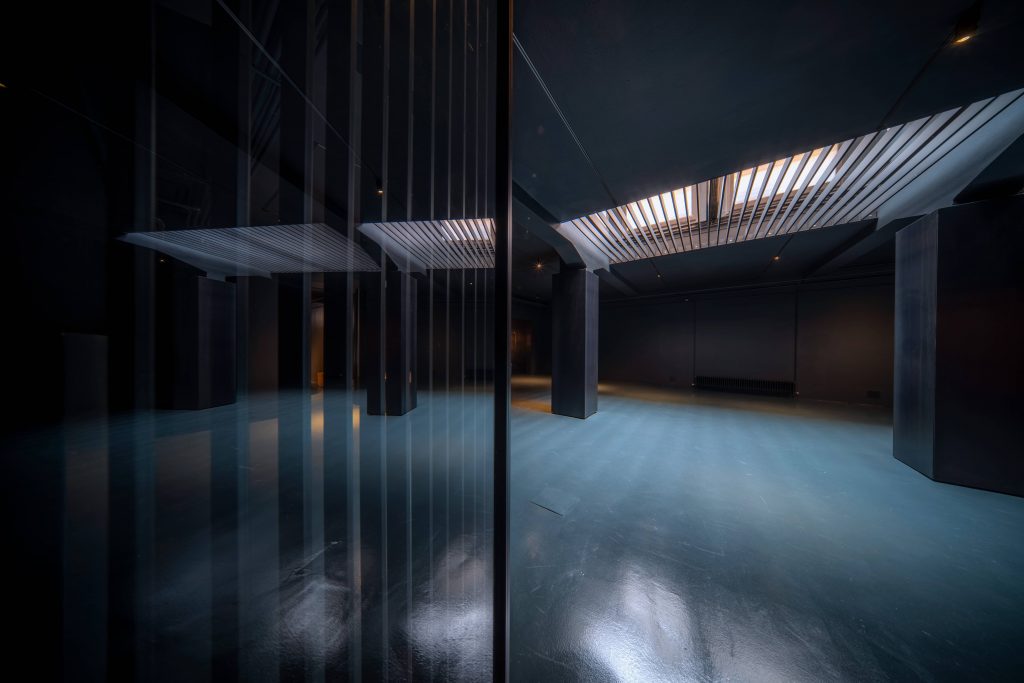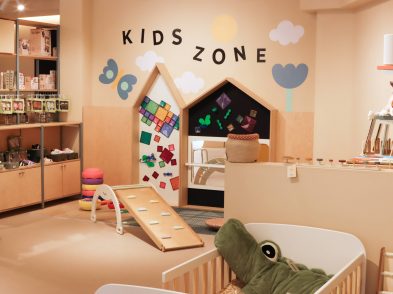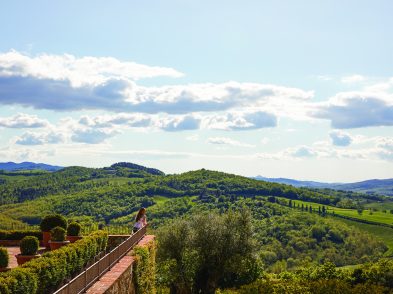Critic and professor of art history, graphic art, aesthetics, and museology at the Brera Academy of Fine Arts, Rolando Bellini is known for his extensive knowledge and passion for Renaissance art. With over 50 years of experience, he is one of the leading Italian scholars of Michelangelo and Leonardo da Vinci. Among his publications and critical contributions is his extraordinary academic investigation of the ‘Portrait of Lecco’, which led scholars to recognize da Vinci’s hand in the artwork. Professor Bellini recently visited the artistic space of Samantha Keil, dedicated to Advanced Art and its applications, offering insights into the English artist. We enter the underground depths of Keil Space through Bellini’s eye, shedding new light on interesting connections between the Renaissance and Advanced Art.
Alongside Professor Bellini, we cross the entrance to the subterranean space. The design of the place neutralizes while respecting the dimensions of the shapes that dwell in it, allowing us to enter another dimension that is liberating and evocative, leaving the outside world behind. Welcomed by powerful sounds and fragrances, the sensation is that of entering the cradle of an ancient future— a modern setting that feels like “an ancient cave inhabited by primeval humans,” says Bellini. The historian quotes Nietzsche: “If you don’t experience amazement, it’s not a true encounter.” The space provides this possibility; from the very first moments, Bellini notices a paradigm shift from the exhibition spaces we are used to.
The hypnotic musicality of Lovers
In the series of works titled First Generation Bronze, Sam Keil shapes her decades-long studies on anatomy and movement, alternating grooves, reliefs, solids, and voids to create fragmented chiaroscuro made up of frequent and sudden transitions from light to shadow. Bellini focuses on a particular sculpture, Lovers, the only one placed outside the shelving for specific reasons that have much to do with perception. The distinctive way of exhibiting the work is an invitation to observe it by rotating around it. The intention is to highlight the spiral structure, which gives a proportional rhythm with musical movements. There’s an alluded anatomy, not explicit but transfigured. Bellini recalls the spiral structure of Giambologna’s The Rape of the Sabine Women, found in the Loggia dei Lanzi in piazza della Signoria: “Even with the necessary differences, what remains and is certain is the form itself, that is, its essence. This form says a lot and tells of these malleable and volumetric cadences, of solids and voids, of this musical rotation. It’s a search that opens up to something else, to different worlds.”
Sabre: the relic of an ancient future
There seems to have been, when comparing the First with the Second Generation Bronze, a transition, a shift from a more anatomical form, closer to the perception of sensible reality, to a more geometric, mathematical form. Sabre is the conclusion that the artist reached after decades of studies on perspective and multidimensionality. With special attention to the practical applications of theories on energy fields and light, Sam Keil has managed to create a new level of formative purity, a work that translates the plasticity of figures into highly impactful visual information. With her technique, the artist has managed to “sculpt light.” During his visit to the Second Generation of Bronzes, Professor Bellini had the opportunity to consult the sketchbook that the artist used for the analytical studies motivating the structure. Amazed by these pages, he makes an additional observation that connects Keil’s work with the multidisciplinary approach typical of Renaissance artists like Leonardo, who made the harmonious synthesis of science and emotional transport the key to his art.
When talking about the moon, Leonardo da Vinci was one of the few to understand it as a large, sunlit mirror. But how did he come to this conclusion without the tools that would demonstrate it? He arrived at this thought, like Socrates, through speculation. In a time when one adhered to experimentation and measurable, verifiable reality, his effort was to surrender to emotion and to invention. It’s a challenge in the face of our emotional and cognitive barriers, which are often the result of prejudices. Instead, in the face of a work of art, one must confront it without filters and try to understand it through how it presents itself.
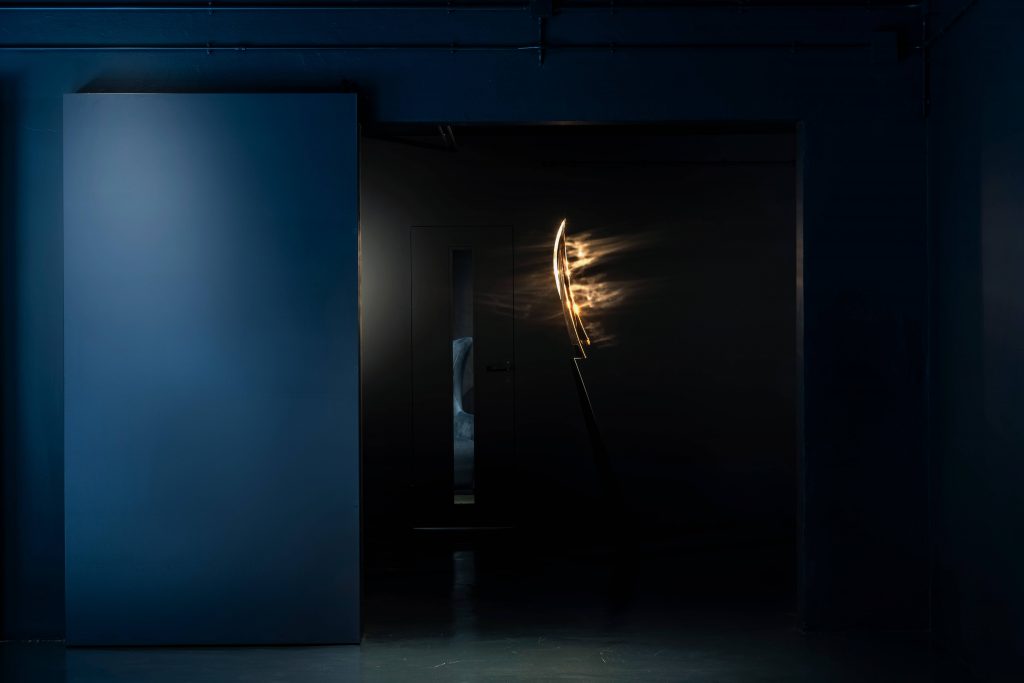
In Sabre, the art historian perceives a cinquedea (civilian short dagger). “The depiction of a cinquedea in Sam Keil’s Sabre is an obvious reference to the myths and legends of so many cultures. If I go back to the Egyptian world, from which much of this originates, I know that lunar phases are represented as sickles, as blades, and so are solar eclipses. There’s this whole legible cosmogony that was interpreted mythopoetically at the time, but with reason, to justify something very specific: the spear of light that strikes reveals but divides, separates, cuts good from evil, etc. It’s also present in many religious texts.” This interesting insight helps us understand that humanity has always questioned its origins and the origins of the cosmos, everywhere and throughout history. This inquiry has been closely tied to art. Sabre represents a bridge between ancient, present, and future civilizations, a call to now lost knowledge that the artist intends to bring to the attention of contemporaries using genuinely new languages.
New Generation Works: the magical eye of an advanced technology
The third stage of this journey, described by Bellini as “an initiation journey,” is the magical eye of an advanced technology that perceives the whole in its individual parts, offering a cosmic vision of material infinity. As if we are spectators witnessing an enchanting galactic genesis, the collaboration between art, science, and technology reveals a universe of forms and potential presences. In the New Generation Works, there is what Gestalt theory defines as “free interpretation”: until you focus and identify, there’s a cognitive process that continues to reverberate and renew itself. In other words, when perceiving something, especially in the case of non-figurative art like the one visible in the Multisensory Room, our minds tend to organize elements in a way that makes sense to us, based on past experiences, current context, and other individual factors. Each observer facing such stimuli initiates a series of subjective interpretations in an unconscious mechanism of projection, where the subject interprets an ambiguous stimulus with a product of their imagination; each person sees shapes and figures that reflect their own self. Rolando Bellini explains it this way: “It could be neurons fighting each other, and one says, ‘What is it?’ The other replies, ‘I know.’ ‘Then say it!’ However, until you reach the actual answer, the process doesn’t stop. When you finally have the solution, there’s a cut-down effect that cuts off and closes the cognitive experience.” New Generation Works present an open dialogue with the observer, stimulating the creativity, imagination, and personal associations of those who contemplate them. Observer and observed merge. Many visitors to Keil Space’s Multisensory Room have had similar reactions, stating that they moved from an initially bewildered emotional state to a sense of release and serene contemplation. Cognitive sciences and aesthetics converge, generating effects of “rebirth” or “awakening,” as described by some visitors.
Seeing the world through the artist’s eyes
Leonardo da Vinci sought to translate the ‘Adorazione dei Magi’ into a symbolic representation of life and its complexities. Professor Bellini finds a similar effort at Keil Space—an ongoing search for something beyond the limits of ordinary seeing and hearing. The advanced technology used plunges visitors into a vision that has no precedent, seeking to go beyond a limit and beyond a boundary line. But a boundary of what? According to Bellini, it’s about crossing the boundary of the current art system, which can be seen as a market ruled by hegemonic cultural elites who surf the wave of the most current trends instead of freeing creative expression, something that has over time created other chains around itself. With Keil Space, we seem to be going in the opposite direction.
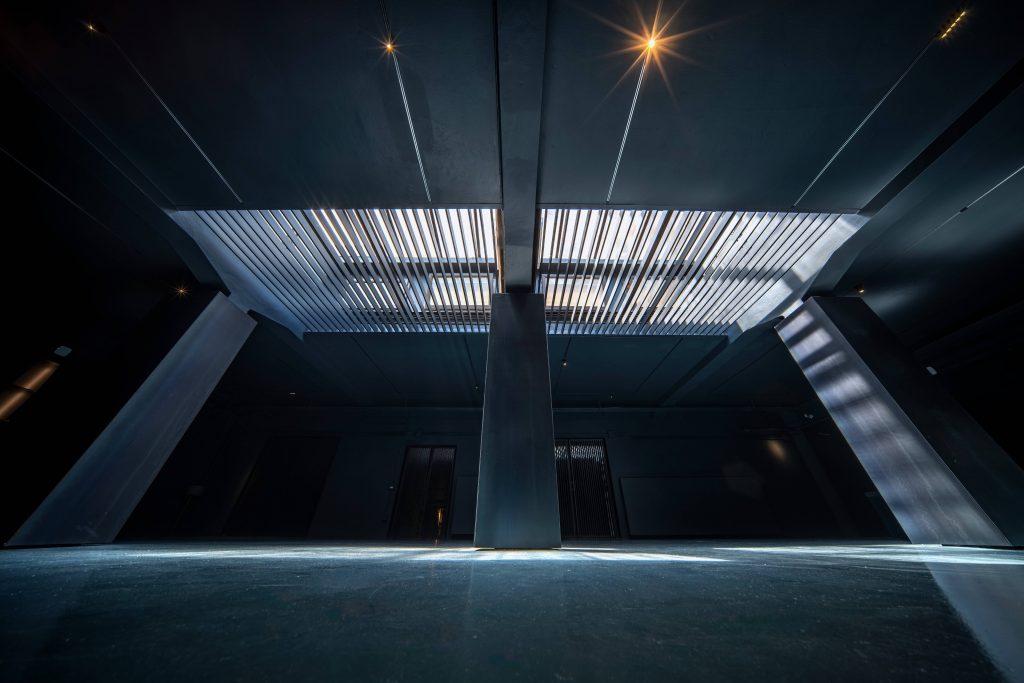
Getting back to a deep understanding
Sam Keil’s message, according to Bellini, is to “get back to deep understanding.” Art is constantly challenging us, changing the meaning of things, of aesthetics, even of good and evil. What before might have seemed unbearable and obscene suddenly becomes more than acceptable and is easily acquired and perceived. This is art—the transfiguration of the world. With all its benefits, there are also dangers in this, the same danger as words. Both Foucault and Lacan say that words wield power and can transfigure sensible reality. About this, the Bellini says, “Here, I perceive an attempt not to transfigure but to get back to understanding, in its depth, the sensible world, the natural world. The more you know it, the more you understand it, and the more you respect it. That’s the difference. It’s not an act of imposition.”
An intriguing provocation
In the city of Florence, shrouded in the heavy cloak of the Renaissance, Keil Space “can be a very intriguing provocation,” the critic argues: “To my knowledge, there’s no such experience in Florence. This specific multisensory proposal is not an enclosed space but an open and animated dialogue. I think it’s quite unprecedented, for Florence, certainly. On the frontier of contemporary Florentine art, which is always impatient, it’s a brave act. But I think the time has come to persist with projects of this nature because now there’s a general condition that affects so much of contemporary art: there’s a drift that leads to objectification, a kind of bricolage of art. Here, you experience something else; you perceive another intention, which is the distancing precisely from all this manipulation.”
Bellini comments on the fact that the artist evidently has her own raison d’être, her own vitality, and direction to follow. He concludes our chat by saying, “Jurij Michajlovič Lotman tells us that art is the highest challenge one can look forward to, and Keil Space seems to me to demonstrate it.”
Keil Space is accessible to all. To visit the immersive, multisensory space dedicated to Advanced Art, an exclusively individual appointment can be booked through the website.

